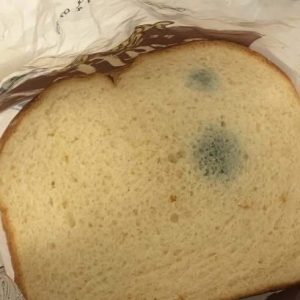My grandpa showed me a trick to stop weeds without chemicals. Here’s how it
works
In recent years, sustainable gardening has gained momentum as more people look for alternatives to chemical herbicides. While these chemicals may kill weeds effectively, they also pose risks to the environment, soil health, and beneficial wildlife. My grandpa, a lifelong gardener with decades of experience, showed me a natural solution that has stood the test of time. His method not only keeps weeds under control but also improves the soil and encourages biodiversity: the cardboard method.
What Is the Cardboard Method?
The cardboard method, also known as sheet mulching, is a natural weed-suppression technique that involves covering the ground with layers of cardboard. By blocking sunlight, the cardboard prevents weeds from photosynthesizing and growing. Over time, the weeds die off, and the cardboard itself gradually decomposes, adding organic matter back into the soil. This simple, low-cost approach is especially effective in areas plagued by stubborn weeds that are difficult to manage with traditional tools.
How to Use Cardboard for Weed Control: Step by Step
- Gather Materials
Collect large sheets of plain cardboard. Make sure they’re free of tape, staples, ink, or glossy coatings. You’ll also need water and an organic mulch such as straw, shredded leaves, or wood chips. - Prepare the Area
Cut down tall weeds and clear away bulky debris. You don’t need to remove every weed—flattening them helps the cardboard lay evenly. - Lay the Cardboard
Overlap the edges of the sheets so weeds can’t poke through the seams. Cover the entire area you want to protect. - Soak Thoroughly
Water the cardboard until it’s saturated. This softens it, helps it mold to the ground, and kickstarts the decomposition process. - Cover with Mulch
Spread a thick layer of organic mulch on top. This holds the cardboard in place, improves the look of your garden, and adds nutrients as it breaks down. - Maintain as Needed
Check every so often to ensure the mulch still covers the cardboard. Add more mulch if patches appear or the cardboard begins to degrade too quickly.
Why This Method Works So Well
- Blocks sunlight: Without light, weeds can’t grow.
- Improves soil health: As the cardboard decomposes, it feeds the soil with carbon-rich matter, enhancing fertility and structure.
- Encourages life underground: Earthworms and beneficial microorganisms thrive under the moist, decomposing cardboard.
- Eco-friendly recycling: It gives new purpose to cardboard that might otherwise end up in a landfill.
Other Natural Ways to Tackle Weeds
The cardboard method is powerful, but you can combine it with other eco-friendly techniques:
- Hand-pull weeds regularly before they set seed.
- Plant dense ground covers to crowd out unwanted plants.
- Use natural spot treatments like vinegar sprays or boiling water for stubborn weeds.
- Boost soil health with compost and crop rotation to create stronger, more resilient plants that outcompete weeds naturally.
Final Thoughts: Gardening in Harmony with Nature
Adopting eco-friendly methods like the cardboard technique isn’t just about weed control—it’s about creating a healthier garden and planet. By skipping harsh herbicides, you’re protecting pollinators, soil organisms, and local wildlife while cultivating a thriving, self-sustaining ecosystem.
My grandpa’s method is proof that sometimes the simplest tricks are the most effective. Give it a try in your own garden, and you’ll see firsthand how easy it is to manage weeds while nurturing the soil beneath your feet.




